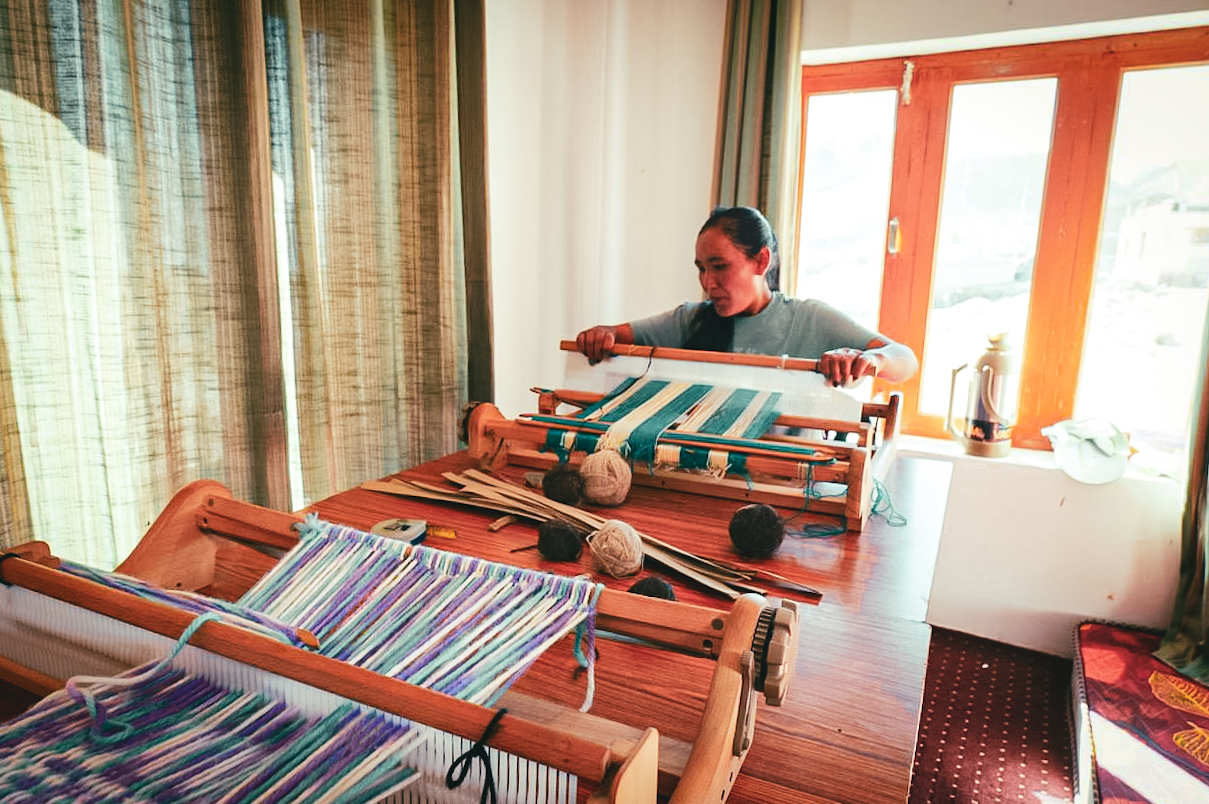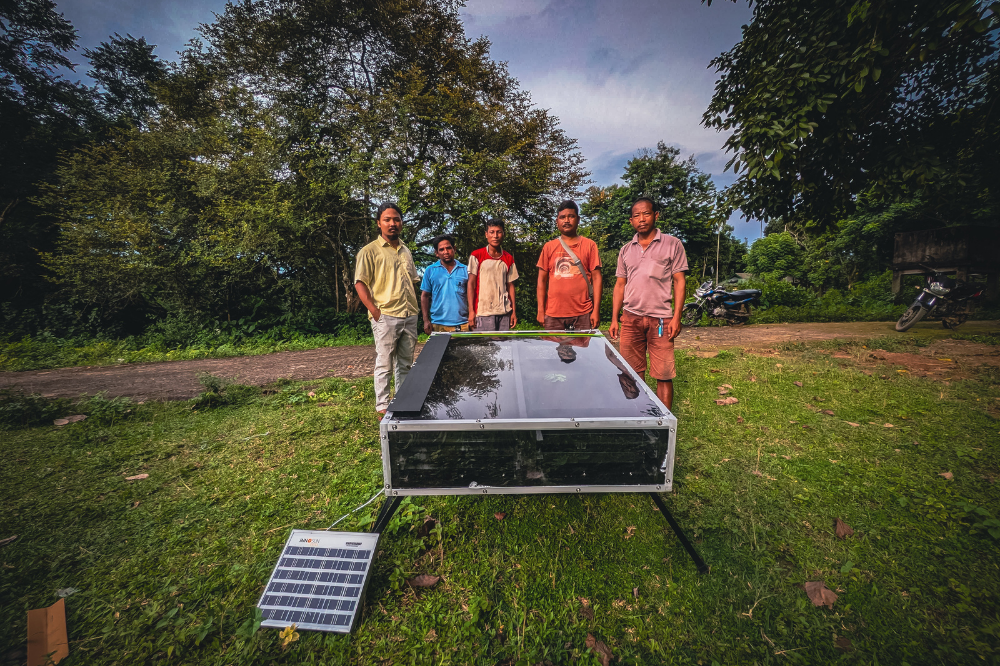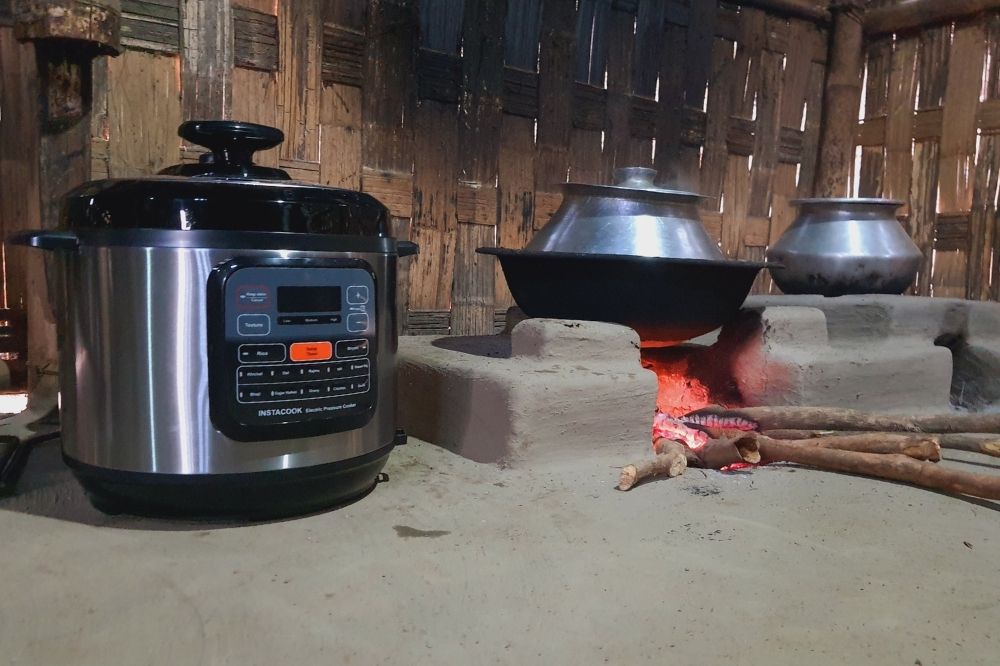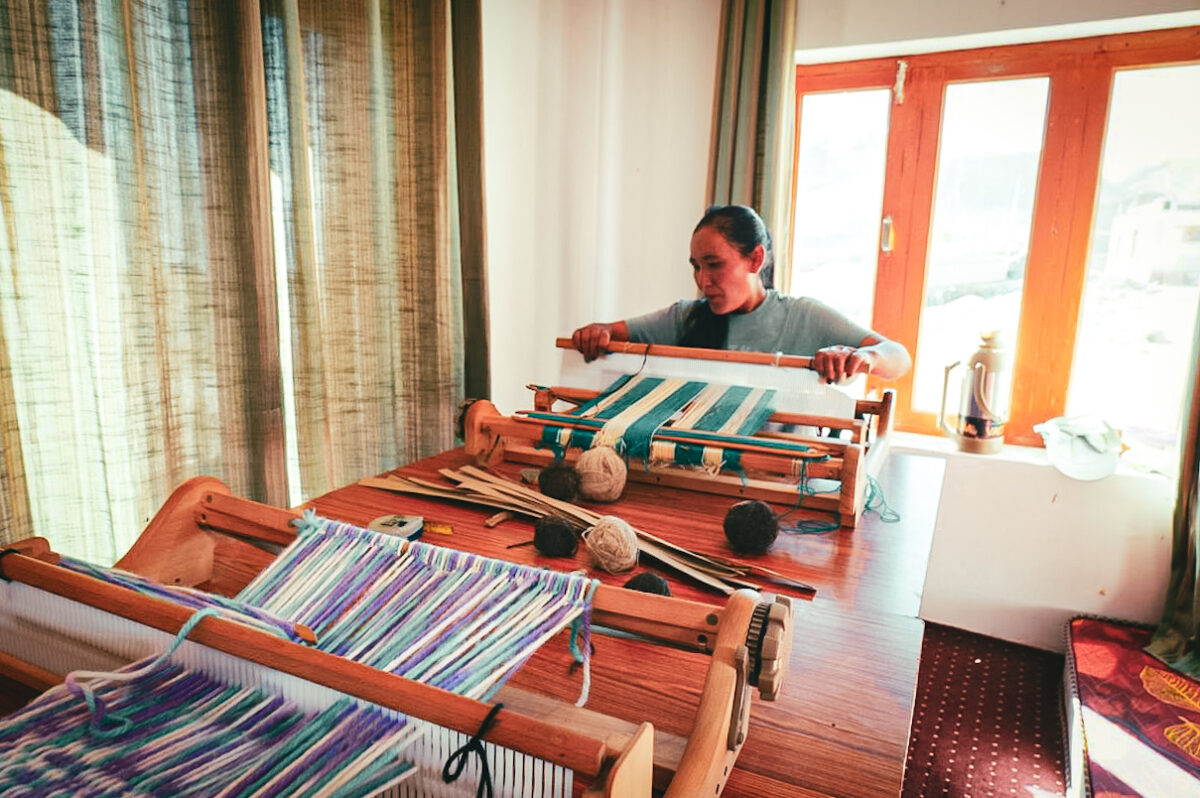Women Leaders Expedition 2025
GHE Dec 8, 2025
Ladakh’s Silk Route
Treks, Traces and Timeless Stories

Centuries before Ladakh became a destination for travelers, it was a lifeline of the Silk Route a network of ancient trade corridors that stitched together Asia, Europe and beyond. Through its formidable passes and valleys trudged caravans of merchants, monks and explorers. They carried not only silk, wool and spices but also stories, ideas and faiths that shaped civilizations.
Today, Ladakh still carries their whispers, etched in trails, scattered in ruins and preserved in the memory of its people. Walking the Silk Route here is not just an adventure. It is a step into history.
Ancient Arteries of Exchange

Nestled between Tibet, Central Asia and the Indian plains, Ladakh was the pulse point of the Silk Route. From as early as the 2nd century BCE, caravans transported Chinese silk, Indian spices, Tibetan wool and Ladakhi salt through its high-altitude passes.
But this exchange was more than material. Buddhism traveled along these arteries, bringing with it monasteries, manuscripts and murals that remain Ladakh’s cultural treasure. Every prayer wheel spun today carries the momentum of this centuries-old exchange.
Across Tulum Puti La Pass
One of the Silk Route’s most legendary trails crosses the Tulum Puti La Pass into Sasoma. History recalls how Ali Hussain, on orders from the Sultan of Yarkand, engineered thirty-six sharp bends carved into solid rock to ease the passage of pilgrims and traders.
Yet the mountains demanded a price. Many caravans were trapped by winter snows, giving rise to the chilling name “Skeleton Trail”, where bones of men, mules and camels once lined the path.
For trekkers today, the trail remains both awe-inspiring and humbling, a testament to human determination against Himalayan odds.

Lophan Tso: Caravan Serai of Stories
Near Lophan Tso in Nubra lie the remnants of caravan serais, guest houses that offered refuge to traders. These were more than resting places; they were hubs of exchange where a Kashmiri merchant could swap tales with a Tibetan pilgrim, or a Ladakhi host could share salt tea with a Central Asian traveler.

Villages like Kyagar (Tegar) still carry that heritage. Even today, Ladakhi families open their homes to travelers, continuing the Silk Route’s tradition of hospitality. To sit by a hearth in Nubra is to experience a living echo of those centuries-old encounters.
HOR Cemetery
Silent Testimonies of the Silk Route
Along the trail lies the HOR Cemetery, where Yarkhandi traders who perished in Ladakh’s harsh conditions are buried. These simple graves are markers of sacrifice and resilience, silent memorials to lives lost in pursuit of connection and trade.

The cemetery is a reminder that the Silk Route was not only about prosperity but also about peril and the shared destinies that bound strangers together across vast landscapes.
The Living Legacy in Ladakh Today
Though caravans no longer tread these trails, the Silk Route’s imprint endures. The Bactrian camels of Nubra, once vital to transport, now offer travelers a glimpse into this heritage. Festivals, music, crafts and cuisines still carry flavors of exchange, from Tibetan momos to Kashmiri spices, from woven pashmina to intricate thangka art.

For modern trekkers, walking Ladakh’s Silk Route trails is less about commerce and more about connection, with history, with nature and with the resilient people who keep its traditions alive.
A Personal Reflection
To walk the Silk Route in Ladakh is to travel through time. The bends of Tulum Puti La, the resting points of Lophan Tso and the silence of the HOR Cemetery speak in voices that transcend centuries.

They tell us that the Silk Route was not only about trade but about courage, hospitality and shared humanity. They remind us that Ladakh’s history is not locked in books but alive in its mountains, monasteries and people.
And they invite us, as modern travelers, to carry those stories forward, to honor the past while forging new connections of respect, sustainability and gratitude.
Because here in Ladakh, the Silk Route has never truly vanished. It lives on, waiting for us to listen.
Latest Blogs
Explore perspectives on the work we do and ways to make an even greater impact together.













0 Comments